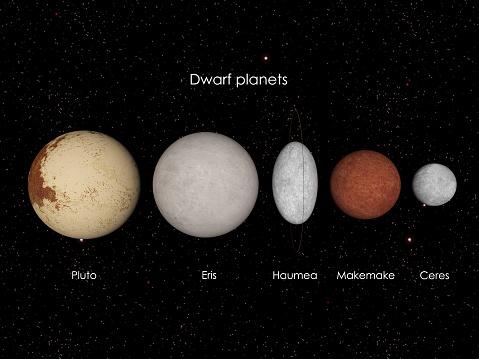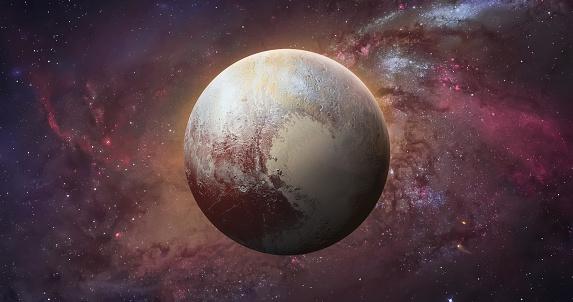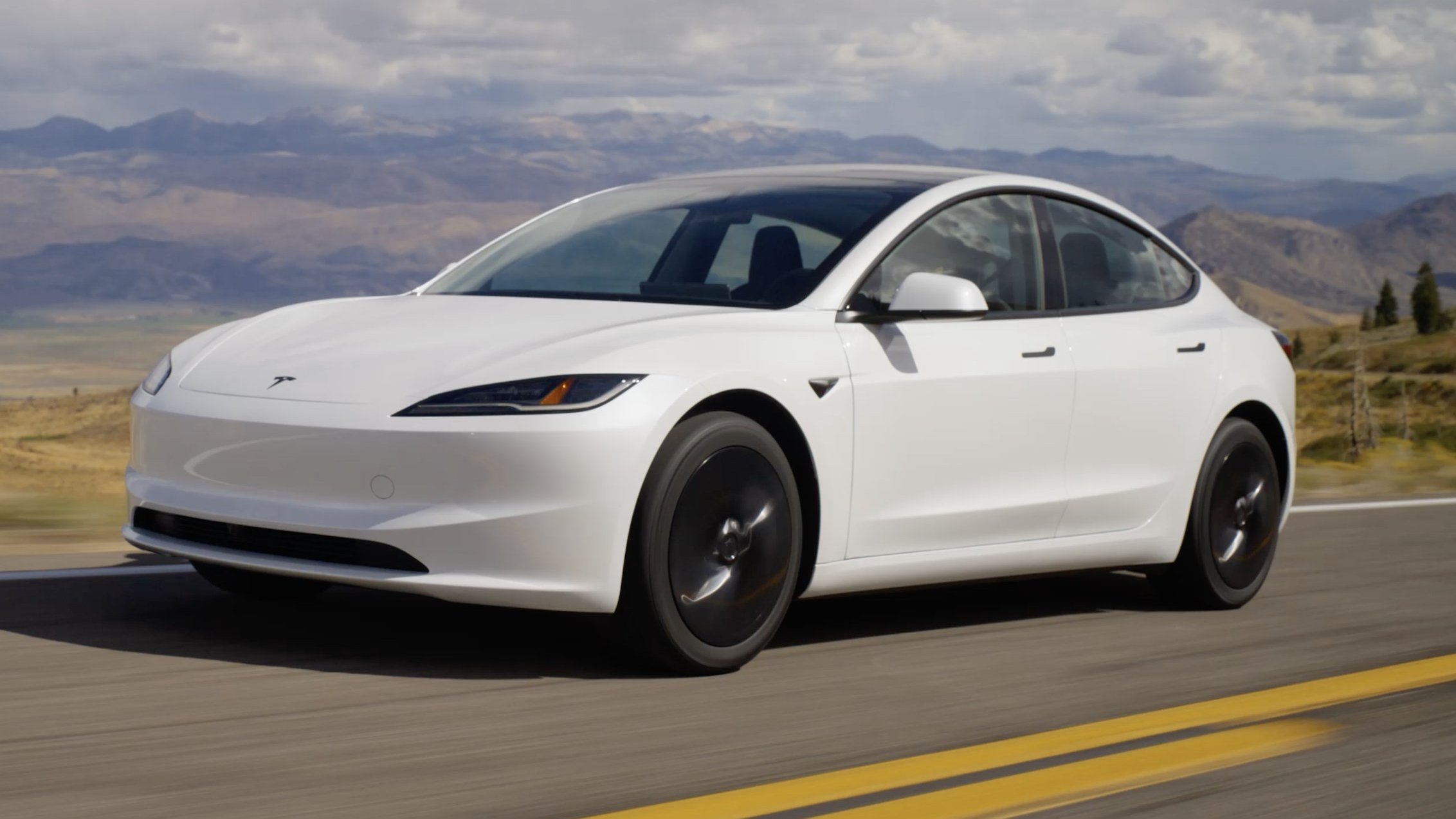In February 1930, American astronomer Clyde Tombaugh discovered the celestial body Pluto; At that time, it was considered one of the planets in our Solar System. Unfortunately, its time as a planet did not last long: in the mid-2000s, scientists decided that it could not fall into the same classification as Earth, Mars, Jupiter, as well as other planets in the Solar System.
For several decades, Pluto was classified as the ninth planet orbiting the Sun, but astronomers realized that it lacked some features considered important. For this reason, Pluto has been identified as a dwarf planet.
The ‘reduction’ of the star simply did not happen, as this caused a certain amount of controversy among the scientific community and the general public; There are still those who disagree that it is not a dwarf planet.
The International Astronomical Union (IAU) announced that Pluto had been reclassified as a dwarf planet on August 24, 2006, nearly 76 years after its discovery. This changed the history of the Solar System; At least for humanity.
We gathered information from scientists and experts in the field to further explain why Pluto is no longer considered the ninth planet of the Solar System. See below!
Why did Pluto stop being a planet?
In 1905, astronomer Percival Lowell proposed the existence of Pluto while observing deviations in the orbits of Neptune and Uranus.; Therefore, he thought there must be another planet causing these differences. In 1915, Lowell began predicting the location of Pluto, but he died in 1930, before Clyde Tombaugh’s discovery.
In 2006, the IAU defined some rules describing the properties of planets, and because Pluto did not comply with all of these rules, it was reclassified as a dwarf planet. At a conference in Prague, Czech Republic, astronomers explained that planets in the Solar System must comply with three specific characteristics.
Discover three characteristics that define a planet:
- The planet must revolve around the Sun, that is, within an elliptical path around the star;
- Like the Earth, the planet must have sufficient mass to form a spherical or nearly perfectly round shape;
- Finally, in order for the region where the planet is located to be its main orbit, it must be free from the orbits of other objects around it.

The ‘problem’ is that Pluto does not have the last mentioned feature, that is, it has not cleared its orbit enough to become the main planet of the region.; Kuiper Belt cosmic objects share the same orbit. In fact, opponents of reclassification claim that Earth, Mars, Jupiter and Neptune have not fully cleared their orbits either.
According to the International Astronomical Union, a ‘dwarf planet’ can be defined as a celestial body that orbits the Sun and is large enough to form a spherical shape under the influence of gravitational forces, but has not yet cleared its orbit. Enough to be the home planet of the region. In other words, any celestial body that does not have the third feature mentioned by IUA can be considered a dwarf planet.

“Prior to the decision in 2006, there was no working definition of the term planet and was based on classifications that predated some major modern discoveries in the universe, made possible by advances in technology. For most of Earth’s inhabitants, Pluto’s reclassification seemed like a break with tradition, and that was exactly that: a positive step towards new light, new knowledge, and a changed perspective on the universe. Britannica.
One of the arguments argued by those opposing Pluto’s reclassification is that the properties defined by the IAU may exclude other celestial bodies from being classified as planets. Another group argues that some cosmic objects may be unfairly classified as planets. There are also those who think that the new definition will cause unnecessary complexity and divide celestial objects into unnecessary categories.
As scientists explain, Pluto consists of a rocky core that is thought to contain an ocean of liquid water in its innermost part. — the water will be covered with a crust of ice. The surface consists of nitrogen ice and possibly methane ice and carbon monoxide. Its atmosphere consists of nitrogen, methane and carbon monoxide.
Did you like the content? Stay up to date with more science news at TecMundo. If you wish, learn the most curious facts about Pluto, according to NASA.
Source: Tec Mundo
I’m Blaine Morgan, an experienced journalist and writer with over 8 years of experience in the tech industry. My expertise lies in writing about technology news and trends, covering everything from cutting-edge gadgets to emerging software developments. I’ve written for several leading publications including Gadget Onus where I am an author.











